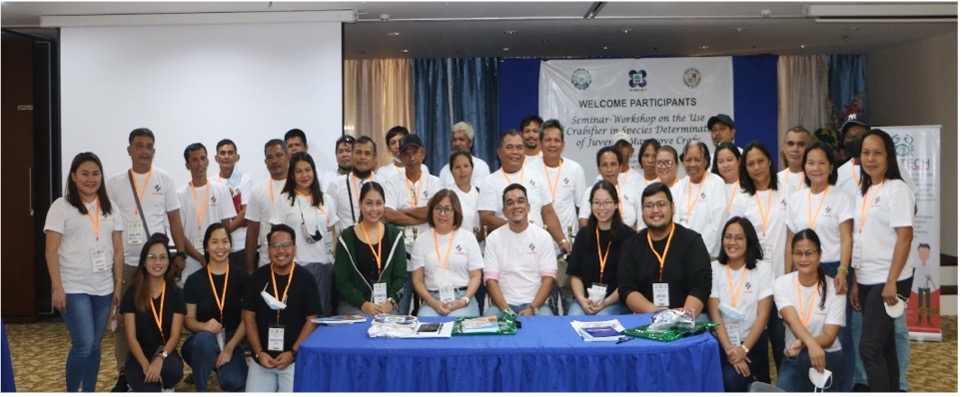
Mangrove crab fishermen, farmers, and traders in Gubat, Sorsogon will benefit from Crabifier, an Android-based mobile application that can identify species of juvenile crablets of the genus Scylla developed by the Practical Genomics Laboratory of De La Salle University.
This was highlighted in a seminar-workshop on the use of Crabifier in species determination of juvenile mangrove crabs. The event was organized by the Philippine Council for Agriculture, Aquatic and Natural Resources Research and Development of the Department of Science and Technology (DOST-PCAARRD) in collaboration with De La Salle University (DLSU) and the Municipal Agriculturist Office (MAO) of Gubat, Sorsogon at the Gubat, St. Anthony Cooperative (GSAC) Hotel on June 30, 2022.
A total of 30 mangrove crab fisherfolk, hatchery owners, operators, traders, and MAO technical staff from eight barangays (brgy.) in Gubat -- Tiris, Manook, Cogon, Cota Na Daco, Luna-Candol, Panganiban, Casili, and Dita -- attended the activity.
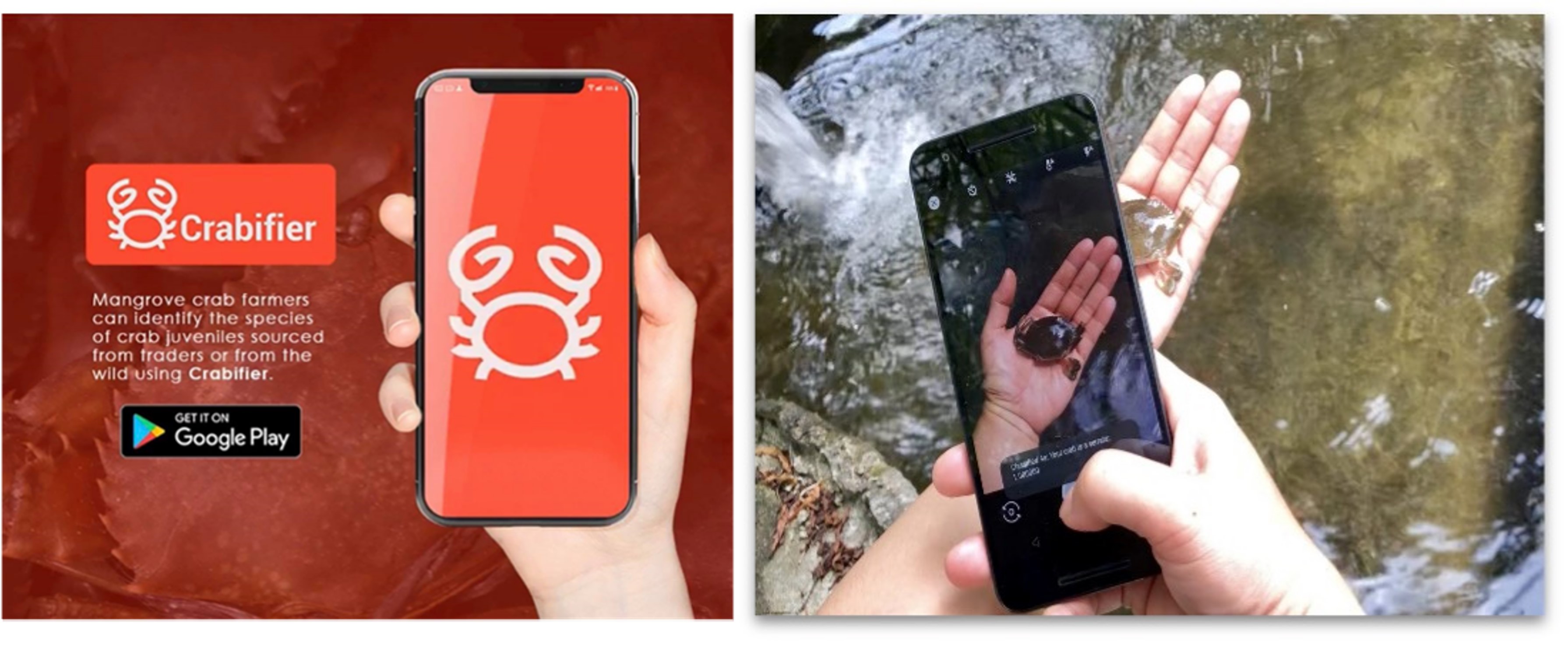
The Crabifier app was developed after receiving queries from mangrove crab fishers about the possibility of using morphological markers to determine the species of crab juveniles. The training was conducted to speed up the deployment and assessment of the mobile application.
During the seminar-workshop, Dr. Chona Camille Abeledo of DLSU discussed how Crabifier was developed, while Ms. Courtney Anne Ngo, also of DLSU, walked the participants on how to use Crabifier. Dr. Abeledo likewise gave information on Alinmango – a web algorithm that can help mangrove crab growers determine the best source of crablets for their ponds, based on ocean characteristics (temperature, salinity, and pH) and CrabSorter – an automated version of Crabifier that is still under development that can sort thousands of crablets to size and species autonomously.
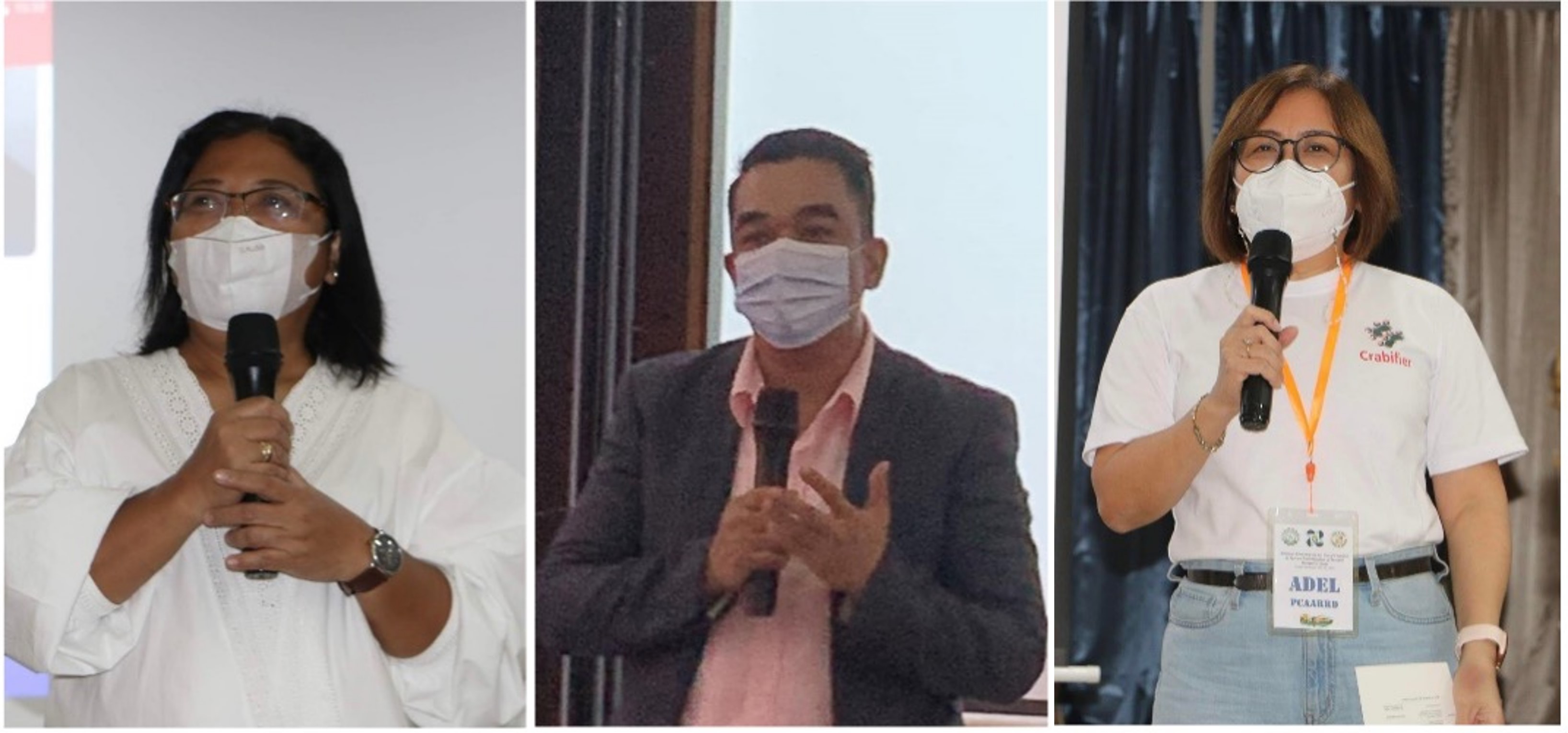
In her opening remarks, Dr. Adelaida T. Calpe, officer-in-charge of the Inland Aquatic Resources Research Division of DOST-PCAARRD said that mangrove crab is one of the priority commodities of the Council, as well as DOST and its partner agencies, which is the reason why technologies and studies were conducted to help the industry.
Dr. Calpe highlighted that Crabifier would help farmers identify species of mangrove crab at its juvenile stage especially since Sorsogon has plenty of supply of mangrove crabs in the wild. Furthermore, she said that the Council has already established 15 hatcheries all over the country funded with P10-15 million each and are already producing mangrove crab fry. Dr. Calpe acknowledged Dr. Abeledo and the DLSU team as well as Ms. Cristine Camara of MAO for collaborating with DOST-PCAARRD and hoped for more future collaborations.
Gubat Mayor Sharon Rose G. Escoto and Municipal Administrator Patrick Omar B. Erestain both thanked DOST and PCAARRD for the support they have provided in many projects of the local government unit including Starbooks, pottery, and meat processing, among others. They likewise encouraged the participants to open their hearts and minds to new technologies and to not be afraid to integrate traditional knowledge to new technologies and innovations for it will help the industry and may even double or triple their income.
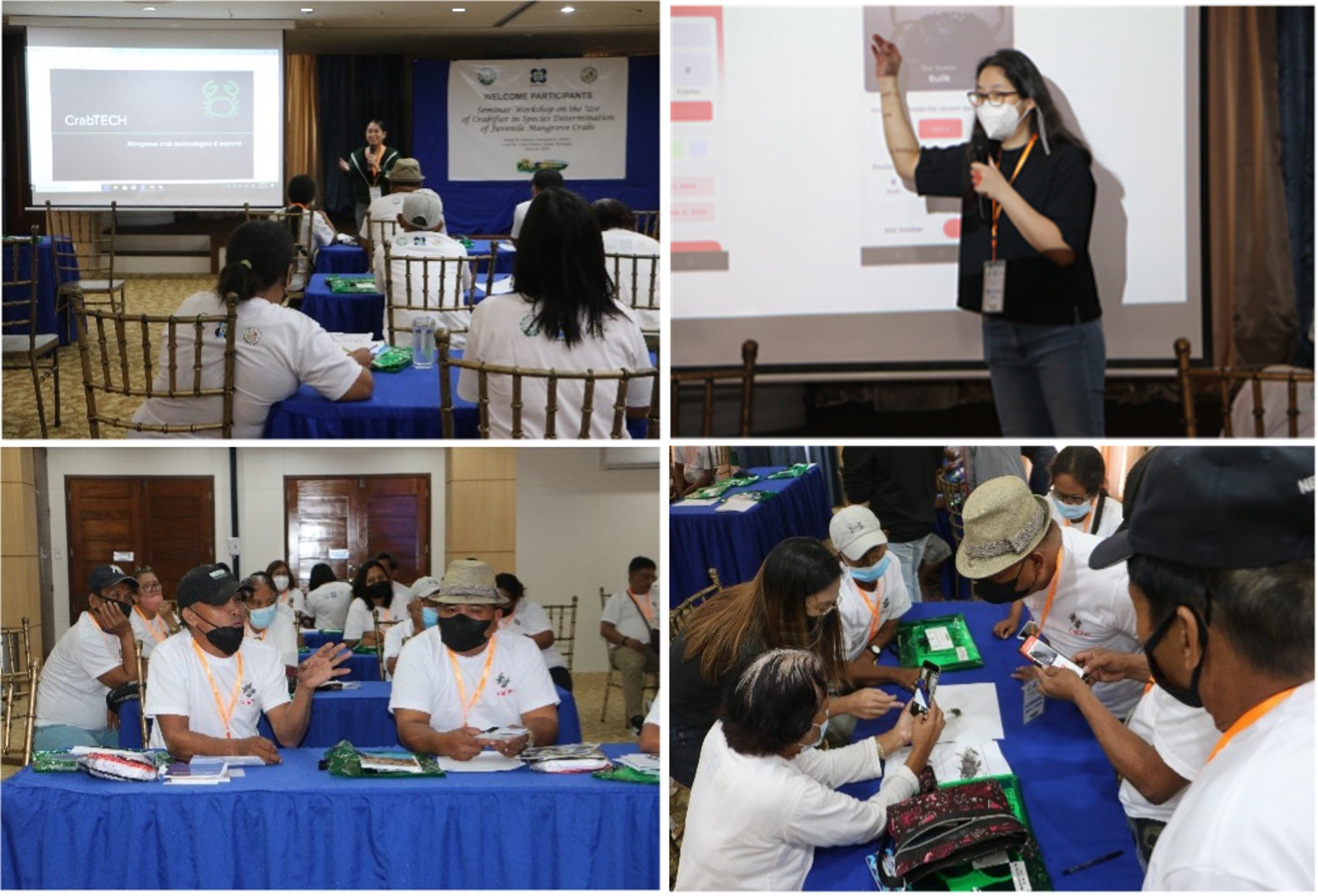
A focused group discussion (FGD) was held with the participants. During the hands-on workshop, the participants provided the following immediate feedback on the current version:
- Species identification is most useful for traders and new farmers to prevent scams.
- The market does not really differentiate between S. serrata and S. tranquebarica, but they are happy that the app can do this.
- They have experienced the app changing its identification of the same crablet but indicating different species – they are requesting if the app can provide a fixed or static identification.
- Gubat, Sorsogon has more mangrove crab catchers and nursery operators, so they hoped that the app can identify the species of megalopa (aliens and 'langaw-langaw'); be automated for larger number of individuals and have a pond management system specific for nurseries.
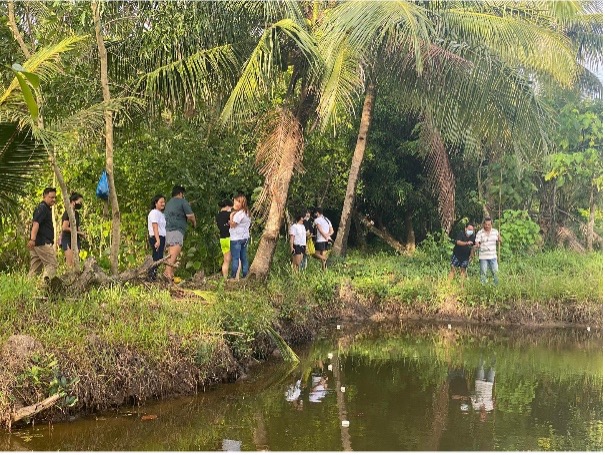
The group was the first to try the new features of the technology. Apart from being able to identify the species of juvenile crabs, it now includes features to help in pond management. The app can log the number of different species of crabs being grown in each of the user’s grow out pond and it can be used to keep track of how many individuals have died or survived during the grow out period. It also contains a calculator that can help crab growers approximate earnings based on the price per kilo available at the time.
During the FGD, participants shared traditional practices and the changing experiences of the local community on the mangrove crab industry. They raised questions and clarifications on species identification, environment and climate change, and on pond management, which were properly addressed by the resource speakers.
The activity ended with a field visit in one of the participant’s farm in brgy. Manook, Gubat, Sorsogon.
